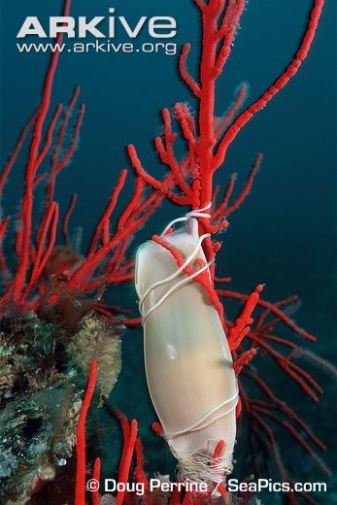Let’s have a show of hands: who here is afraid of sharks? Now, who is afraid FOR sharks? Uh huh, cool…OK, who here is wondering why I’m telling people I can’t see to raise their hands? Excellent question.
OH LOOK A SHARK.
For those of you afraid of sharks, I understand. They’re big and scary and carnivorous and they’re real shitty at telling the difference between fat seals and skinny guys on surfboards. So a strong respect for the shear carnage they can wreak upon your person is good, healthy, even. But trust me, when it comes to human-shark relations, sharks deserve much more concern for THEIR well being than you do for yours. Hell, they deserve more concern in general.
Sharks have a crap time of it from day 1. I don’t mean from the minute of they’re out of mama, I mean the moment they’ve developed enough inside mama to wriggle around. Because if they have any siblings in there, the fight for survival has BEGUN. Sand tiger and mackerel shark pups have been known to eat one another WHILE STILL IN THE WOMB. How metal can you get? They’ll even eat unfertilized eggs until only the strongest pups remain (the uterus is divided or there would be only one). Cue sick guitar solo.
Although this just occurs in viviparous (live-bearing) and ovoviparous (eggs hatch in the uterus), oviparous sharks have it rough too. Their little egg cases are just left behind, abandoned in the sand or reef to hatch alone…
However! At least when they hatch it’s not a race to escape mama. Shark parturition (birth) actually induces feelings of satiety in mama so that she’s not tempted to eat her pups. Not like they’ll stick around to test that.
If you want still more reasons to feel for the sharks, consider our interactions with them. In China, shark fin soup is a delicacy (despite the fin being mostly cartilage) and fisherman will catch sharks just to cut off the dorsal fin and leave the shark to die. Now, I am no vegetarian, but I believe that if you’re going to eat an animal, it’s life should not be so miserable that death is a mercy (see treatment of veal calves, if you can) and the method in which the animal is killed should be quick and relatively painless. Not to mention the rest of the shark is edible too. Not that we should be eating sharks anyway, because between our weird eating habits and shark-killing freakouts every time one wanders near a tourist site, there are many threatened and endangered shark species. Shark attacks are terrible, but more people are mauled by dogs and killed by cows each year than are attacked by sharks. That’s right, cows are the real Public Enemy Number One. Sharks are just more exciting and gruesome so they make the news. No one wants their family to be The Guy That Got Killed By a Cow Last Yeat; they hush that shit right up.
There are plenty of resources out there for avoiding shark encounters. Beach signs, defense tips, checklists shark threat level (Murky water? Fishing nearby? Maybe read on the sand today)…some beaches even have Twitter feeds for alerting beach-goers of shark sightings. It’s OK to be cautious, but when you’re feeling scared and wish they’d all just disappear, remember: sharks have a crap life.
So don’t hate a shark, hug a shark!
But like, one of the little ones, maybe a dogfish.
Cause let’s not tempt fate here, people.
Also those guys are pretty damn cute.
Sources
Frances, Peter and Angeles Gavira Guerrero. 2008. Ocean: The World’s Last Wilderness Revealed. 1st American ed. New York. DK Publishing
Greven, H. 2000. “Viviparous Sharks.” Shark Info. Jan 3 2014 < http://www.sharkinfo.ch/SI1_00e/vivipary.html>
Photo Credit
Franco Banfi/Barcroft Media, Matthew Oxley and Doug Perrine.




